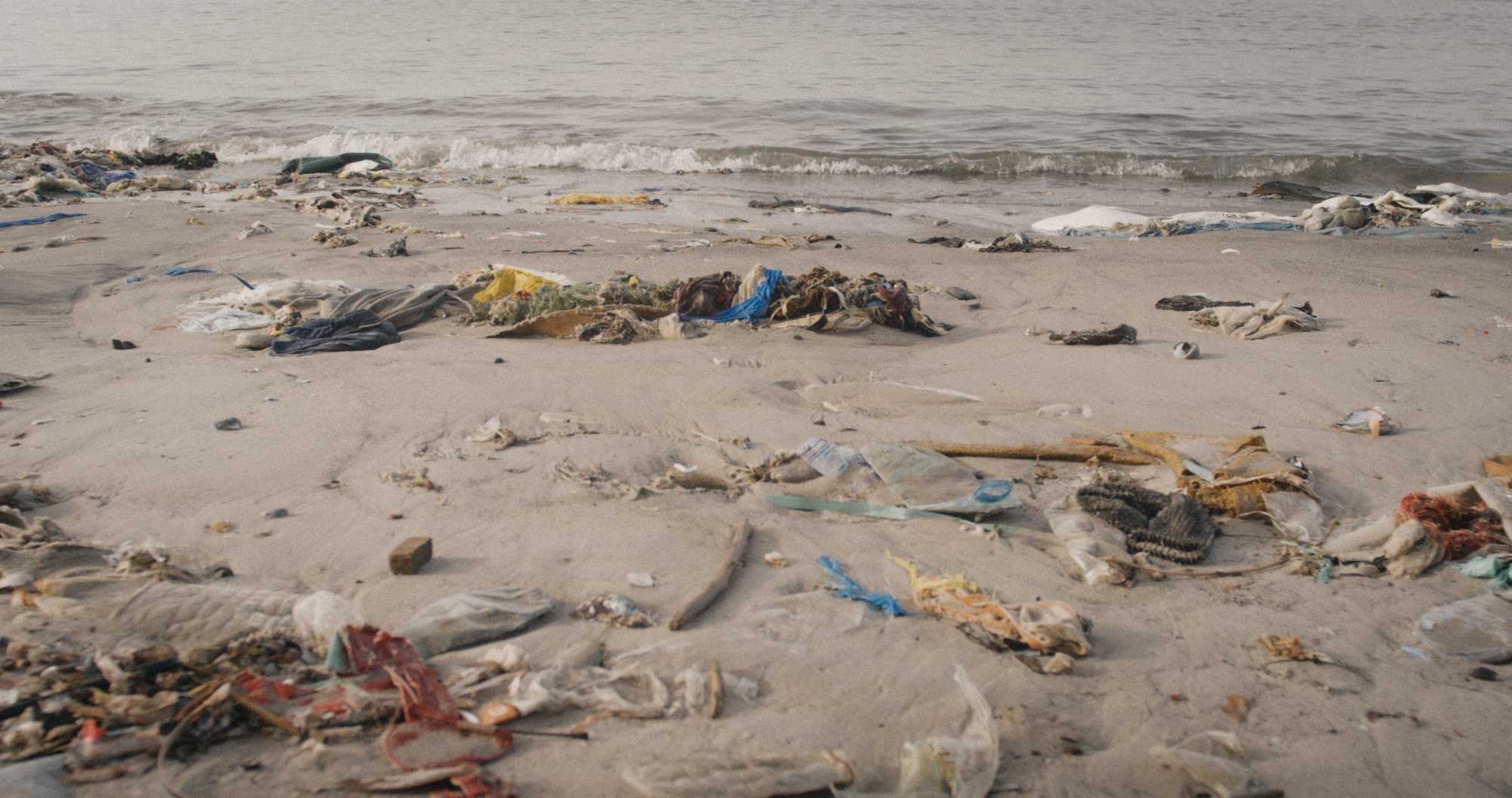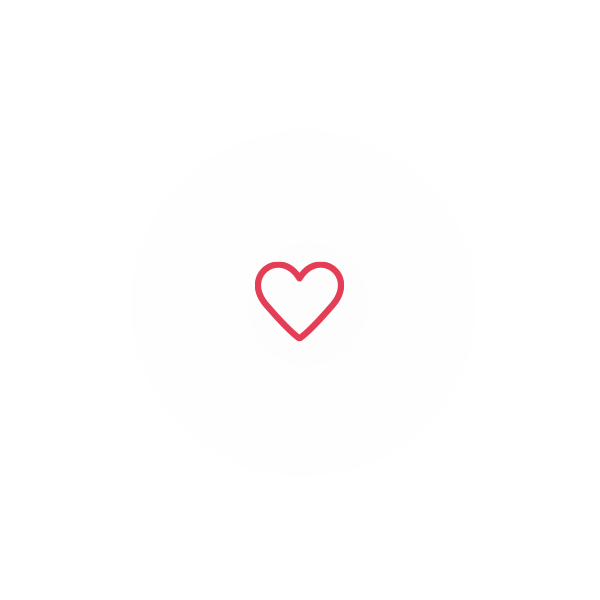To: Manifesto

Since founding to.org and launching the to.org Foundation, Arieh and I have believed fiercely in taking a non-traditional approach to tikkun olam – healing the world – an approach that brings tech and philanthropy together to simplify giving and amplify voices.
From the very beginning, we have surrounded ourselves with artists, scientists, activists, and futurists, all committed to finding creative solutions to Earth’s biggest challenges. To.org became a vehicle to connect these diverse talents, introducing them to brilliant individuals and organizations in refugee settlements and urban slums who lack the opportunity to show the world what they can do.
Our creative and nimble strategy has incubated a community centre in Kampala’s Kyebando neighbourhood. It has led to newly arrived refugees at Uganda’s Nakivale Refugee Settlement having mattresses to sleep on instead of dirt floors, and to refugee children having a teddy bear to hold onto as they dream of a safer future. And in Bangladesh our collective effort with the Love Army raised more than $2.25 million on GoFundMe, creating employment for 600 Rohingya refugees, funding a hospital and hundreds of homes and boreholes to provide clean water. We have raised funds to plant trees across the Sahel, including 65,000 fruit trees, to prevent desertification so rural farming communities can thrive once again. Our community has made it possible for to.org to bring clean water, toilets, and spaces to play, learn, and grow to deserving communities around the world. Our vast network has brought expertise to these spaces – teaching basketball camps in refugee settlements on courts we built, mentoring young musicians in recording studios we launched in an urban slum in Kampala and, soon, in Uganda’s Bidi Bidi refugee settlement, and mentoring innovative refugee entrepreneurs who only ever lacked someone to give them a chance and amplify their voice.

Never before have we all had so much access to information about what is happening in far flung places, where the impact of climate change, unrest, and displacement is far more evident than most of us will ever experience. Sometimes, crisis response calls for traditional large scale fundraising campaigns backed by people with a huge social media following; COVID-19 was one such moment. We partnered with the #TOGETHERFUND campaign and a one-click fundraising platform – HEROE5 – to raise funds for international NGOs such as the WHO and MSF, as well as for inspirational grassroots organizations such as groups of refugees in Uganda working tirelessly to protect their communities from COVID.
But sometimes there isn’t time to build out a sophisticated campaign strategy, and in those moments our best strategy is to find innovative approaches that will spark immediate direct action to change the lives of those most in need of our support. In the earliest days of to.org, when we travelled to a Rohingya refugee settlement in Bangladesh with the Love Army, we were struck by the power of crowdfunding, the power of social media, and the immediate impact of visual storytelling. Today, for the first time in human history, people are able to come together on a global scale to change the outcome of global crises. Just as tech makes crises more accessible, it also changes the possibilities for philanthropy.

To innovate in the philanthropic space, we have developed a unique methodology for identifying and working with beneficiary organizations and communities, and in our use of funds, from embedding in communities so our philanthropic interventions are driven by the communities themselves rather than our interpretation of their need, to our total transparency with donors and our promise that their funds will create real impact. Some of our grantmaking goes to organizations we have thoroughly diligenced, organizations with a strong presence on the ground and who are in a better position than us to create immediate impact. Other grantmaking is direct to Creative Activists, from refugees to rural farmers and budding entrepreneurs, empowering people to design, manage, and deliver aid to one another.
But as with any organisation at the cutting edge, we aren’t always successful. In Kyebando we built a community-run Fab Lab, equipped with NASA-grade gear, and after 18-months realized it had been too ambitious of a project. Learning from that experience we have partnered with another Fab Lab in Dakar, where we will continue our initiative to provide sustainable opportunities in the disruptive distributed manufacturing space. And in our partnership with the Love Army in Bangladesh, we learned that some environments are simply too challenging for small adaptive organisations such as ours, that some places, some crises, particularly those that are rapidly escalating, are better suited to the machinery of large international NGOs.
To.org foundation is powered by three things: our approach – from our commitment to creating opportunity in beneficiary communities to our rejection of the rigid approach embraced by the humanitarian industrial complex; our creativity – from encouraging creativity in our communities on the ground to the content we produce that ranges from Instagram snippets to short form documentaries; and our network, the people who make all of this possible. Our curiosity is endless, from incubating platforms that provide solutions, such as Heroe5, to investing in others such as Omaze, we are constantly looking for brilliant individuals and organisations who can help us deconstruct the status quo and provide a better model for doing philanthropy: How can we hack the generosity mindset (or lack thereof) to make it as simple and efficient as possible for people to give? There’s a tech angle. There’s a product angle. And there’s a sociological angle. So we embed in communities to learn from them, we investigate, incubate, and develop. And, above all, we connect diverse sets of individuals to make magic happen.
Love & Light,
Nachson
